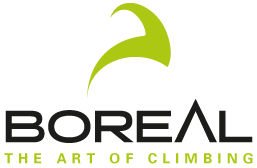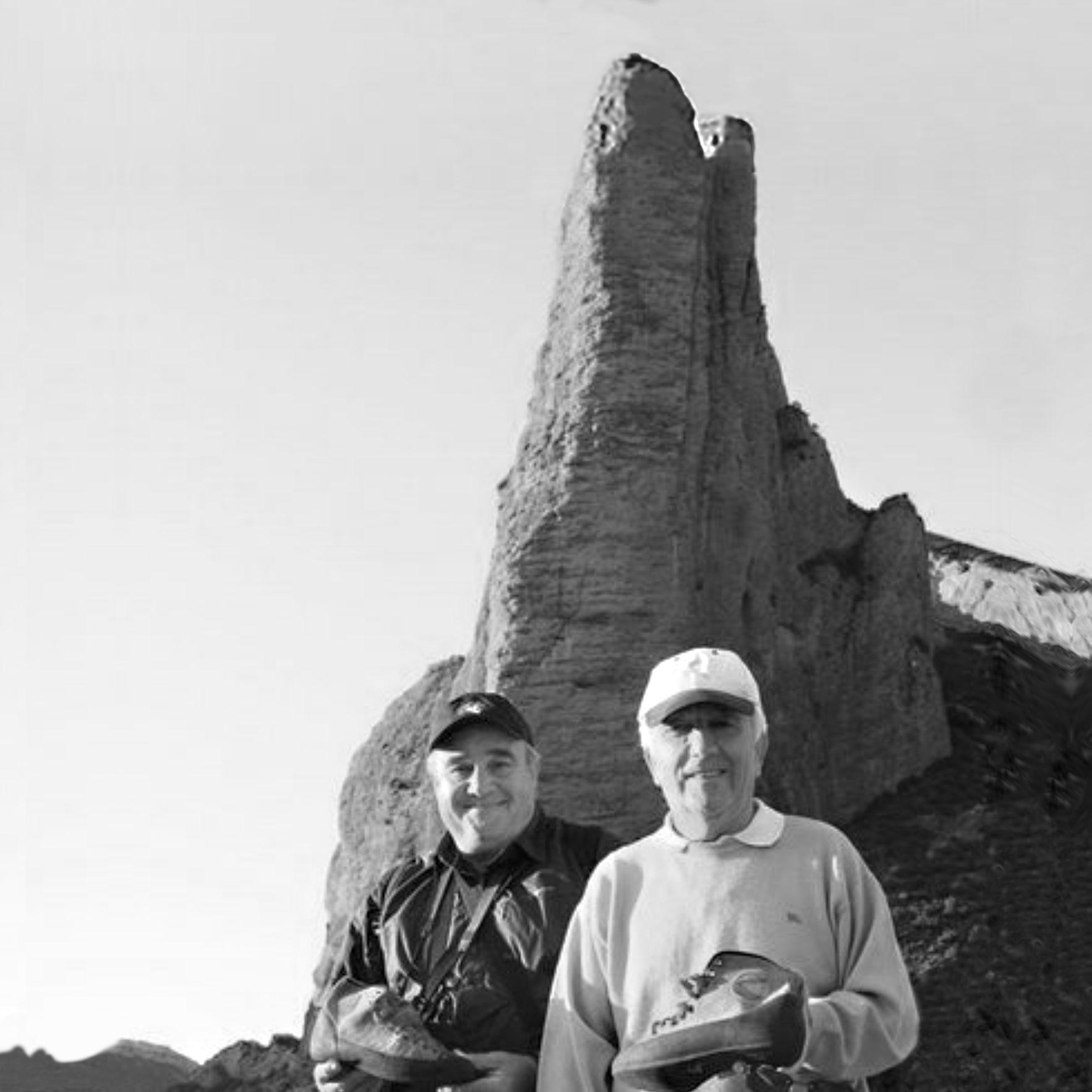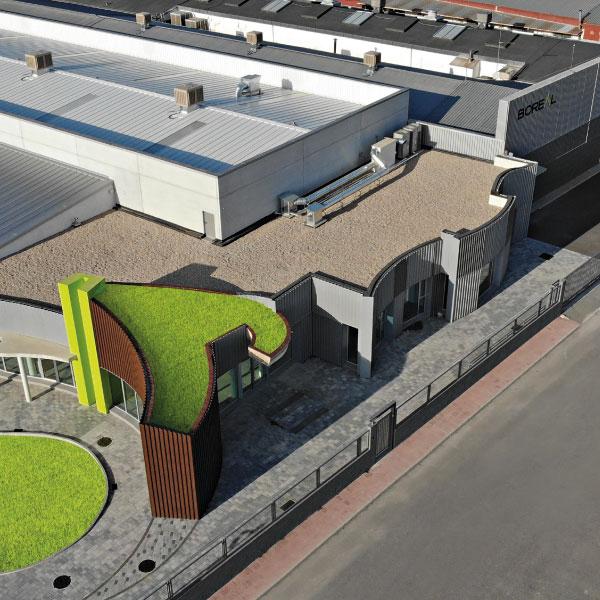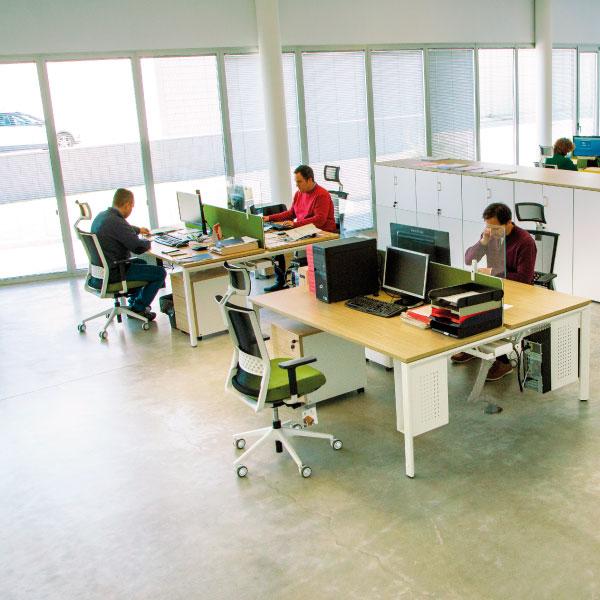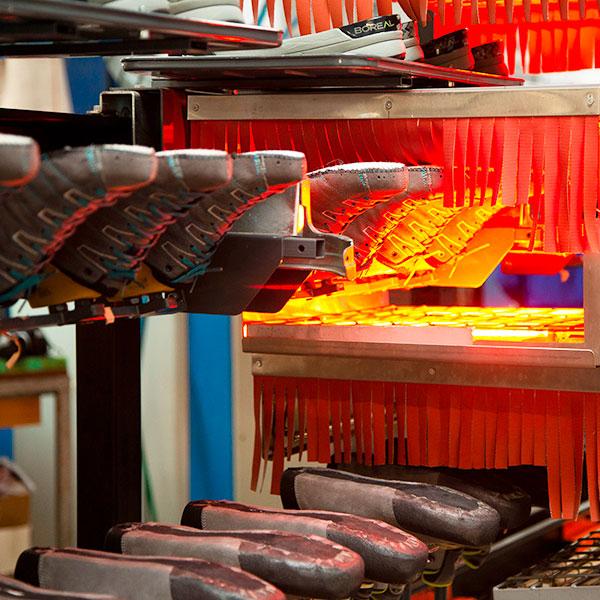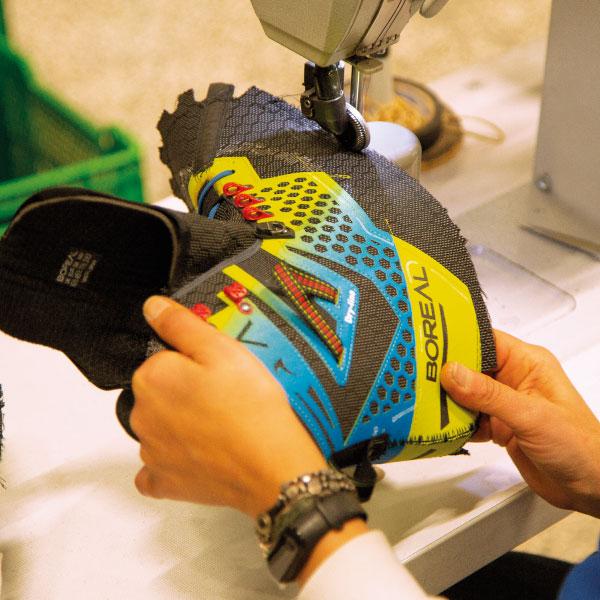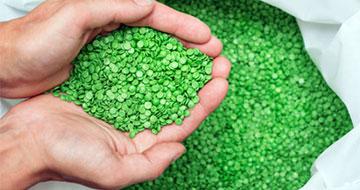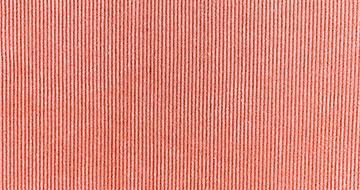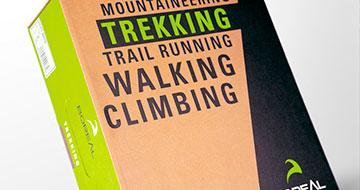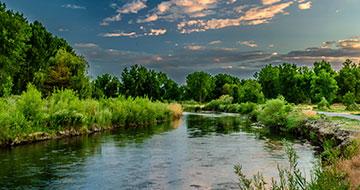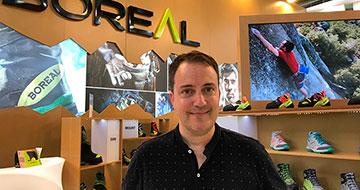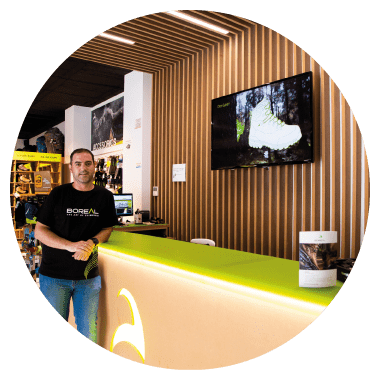the way
In the mid to late 1970’s BOREAL pursued a research and development program with the aim of improving the performance of rock shoes. A key goal was to develop a new rubber compound specifically for climbing, with not only unmatched friction but also the right balance of durability, hardness and abrasion resistance needed to give the best overall performance.
In 1979 BOREAL designed and produced the final prototype of a model which was to become the now legendary “Firé” rock shoe. The shoe was so named after being used to establish a new route on the Mallo Fire, a spectacular 300m conglomerate spire at Riglos in Huesca, Spain.
In 1980, the Gallego brothers used their new Firé rock shoes to open the first non-American route on El Capitan. They called this route Mediterraneo. News of their ascent spread quickly and when the brothers were welcomed back to Camp 4 they showed their new shoes to the waiting climbers. John Bachar tested the Firé on the classic boulder problem Midnight Lightning and was amazed by the revolutionary sticky rubber.
By spring of 1983, Bachar had teamed up with BOREAL and the Gallegos brothers to import 265 pairs to be sold at the Yosemite Mountain Shop. Within the first two hours of trading on the first day of sales, they had sold every pair!
The secret was out and from this moment on, the best climbers in the world began to wear BOREAL shoes.
BOREAL actively sets itself the goal of developing the most technically advanced and comfortable boots for hikers and mountaineers. In 1984 BOREAL launched the first ever boot with a waterproof and breathable lining, called New-Tex®. Later BOREAL worked in collaboration with W.L. Gore & assoc. in an intensive two-year research and development program which led to development of the world’s first mountaineering boot to have a Gore-Tex® lining.
Throughout the early 1990’s BOREAL worked closely with Akzo-Nobel with the ambitious aim of developing a lining system which would surpass all others in reliability, waterproofness and breathability. The result of this collaboration was the development of the BOREAL Dry-Line® system using the Sympatex 337 professional membrane. Dry-Line® was first introduced to the range in 1995. On October 15th of the same year Jesús García Sr., CEO of BOREAL received the ‘Business Award for Managerial Excellency in the field of Competitiveness and Design’ from Prince Felipe of Spain.
BOREAL continues to use the Sympatex based Dry-Line® lining system on their top-end footwear models and thanks to the unique properties of Dry-Line® we believe it remains the most durable, breathable and comfortable lining system available on the market.
In the 1980’s the demand for BOREAL rock shoes was huge, quickly establishing BOREAL as the first choice in rock shoes worldwide. BOREAL continued to design and develop high performance rock shoes and the introduction of new materials and manufacturing techniques gave rise to now famous groundbreaking models such as the Ace, Ninja, Vector and Laser. Many climbers of this period reported jumping a full grade just by wearing BOREAL shoes!
This period saw huge advances in climbing standards and in synchronicity with achievements of the athletes BOREAL continued to develop ever more advanced models, helping to push the boundaries of what was possible.
Legendary climbers of this period such as John Bachar, Ron Fawcett, Lynn Hill, Wolfgang Güllich, Jerry Moffat, Ben Moon and Yuji Hirayama naturally chose to wear BOREAL shoes.
1983: Jerry Moffatt climbs “The face”, Frankenjura – Europe’s first 8a+
1984: Wolfgang Güllich climbs “Kanal im Rücken”, Frankenjura – The world’s first 8b
1985: Wolfgang Güllich climbs “Punks in the gym”, Australia – The world’s first 8b+
1987: Wolfgang Güllich climbs “Wall Street”, Frankenjura – The world’s first 8c
1990: Ben Moon climbs the first 8c+ in the world Hubble, in Raven Tor, England- The world’s first 8c+ (now widely considered to be 9a)
1990: Lynn Hill makes the first female ascent of an 8b+ “Masse Critique”
1991: Wolfgang Gülcich climbs “Action Directe”, Frankenjura, Germany – The world’s first 9a
1992: Lynn Hill makes the first free ascent of “The Nose”, El Capitan.
1999: Yuji Hirayama makes the world’s hardest on-sight “Mortal combat”, France 8c (later reduced to 8b+)
The passion for technological innovation is deeply rooted in BOREAL and is a defining characteristic of the company. Breaking new ground is not easy and requires great commitment and determination and BOREAL is very proud to have brought many significant advances to the world of outdoor footwear.
BOREAL is very famous for introducing sticky rubber to rock shoes. In 1986 BOREAL revolutionized the climbing world again with the introduction of the first slip lasted rock shoe the ‘Ninja’(also the first shoe with an elastic closure). Previously rock shoes had been board-lasted and rather unyielding, the new slip-lasted Ninja with its superb sensitivity revolutionized the construction of rock shoes and today most of rock shoes are made in this way.
In 1997 BOREAL radically reinvented rock shoe construction again with the introduction of the IRS system, in which the sole unit and rand are created as single molded components. IRS eliminates the need for glued joins and consequently makes shoes which are much more durable. IRS shoes are also more resistant to deformation and the desired rubber thickness in all areas of the shoe can be optimized. Today BOREAL uses IRS technology to make incredibly durable hire shoes, something which is greatly appreciated by climbing gyms around the world.
BOREAL continues to push the boundaries of rock shoe performance and the testing and development program never stops. In 2009 was the latest advance in rock shoe rubber, Zenith® released. This new rubber formulation is quite simply the best all-round climbing shoe rubber compound available today. Zenith combines astonishingly high levels of friction with excellent durability and a remarkably consistent performance across a wide range of temperatures.
BOREAL´s expertise in advanced rubber moldings has also been put to good use on the trekking and mountain boot collections. The unique BOREAL FDS outsole is co-molded in one-piece and uses three different rubber compounds, each formulated to optimize specific performance parameters. FDS was the first outsole unit in the world to feature integrated crampon lugs. FDS is still being produced today and is demanded by many mountain professionals for its unmatched reliability and performance.
BOREAL has always focused on gaining first-hand experience and input through close collaboration with the world’s best climbers and mountaineers. It is also necessary to have the right commercial vision, manufacturing facilities and the passion to develop the revolutionary products which have so widely influenced the outdoor footwear market.
Unusually for a footwear manufacturer, BOREAL produces the full collection continuously throughout the whole year. This means that all models and all sizes are consistently available. This approach to manufacturing also allows continuing to offer some of the slower selling older ‘classic’ styles. Since it is not necessary to manufacture large production runs at any one time it is possible to keep these styles available to those who want them.
The continuous production of all models means that the products delivered to store are very new and ‘fresh’. In fact the majority of shoes despatched from the factory are rarely older than three months old. This especially makes a difference with climbing shoes since the rubber oxidizes on the surface slowly and loses its sticky feel.
BOREAL produces all climbing shoes, mountaineering and trekking boots, W.A. and Trail running shoes and the majority of the other products in-house at the factory in Villena. The unique rubber compounds are exclusively used throughout the whole rock shoe range and are produced in the own factory, as well as a smaller selection of the trekking sole units such as the famous FDS-3. BOREAL takes great care in sourcing raw materials from only the best suppliers and the overwhelming majority of the raw materials are sourced from within Europe.
Quality control is paramount and the on-site factory laboratory works constantly tests the quality of all raw materials entering the factory.
Although many processes are mechanised, the footwear remains handmade and this is reflected in the finished product. There is no substitute for the keen eye and ‘feel’ of an experienced artisan and this is why BOREAL chooses to do many things in the traditional way. For example, all leather hides are individually inspected for imperfections and then orientated and cut by hand to make best use of the infinite subtle variations of grain and stretch of the leather hide. Skills like this take time to learn and cannot simply be replicated by a computer.
Probably the best part of BOREAL is the committed team of people working at the factory in Villena, Spain. Many employees stay at BOREAL for their entire careers. The company values and rewards the employees and we believe this is reflected in the consistent high quality of the footwear produced.

